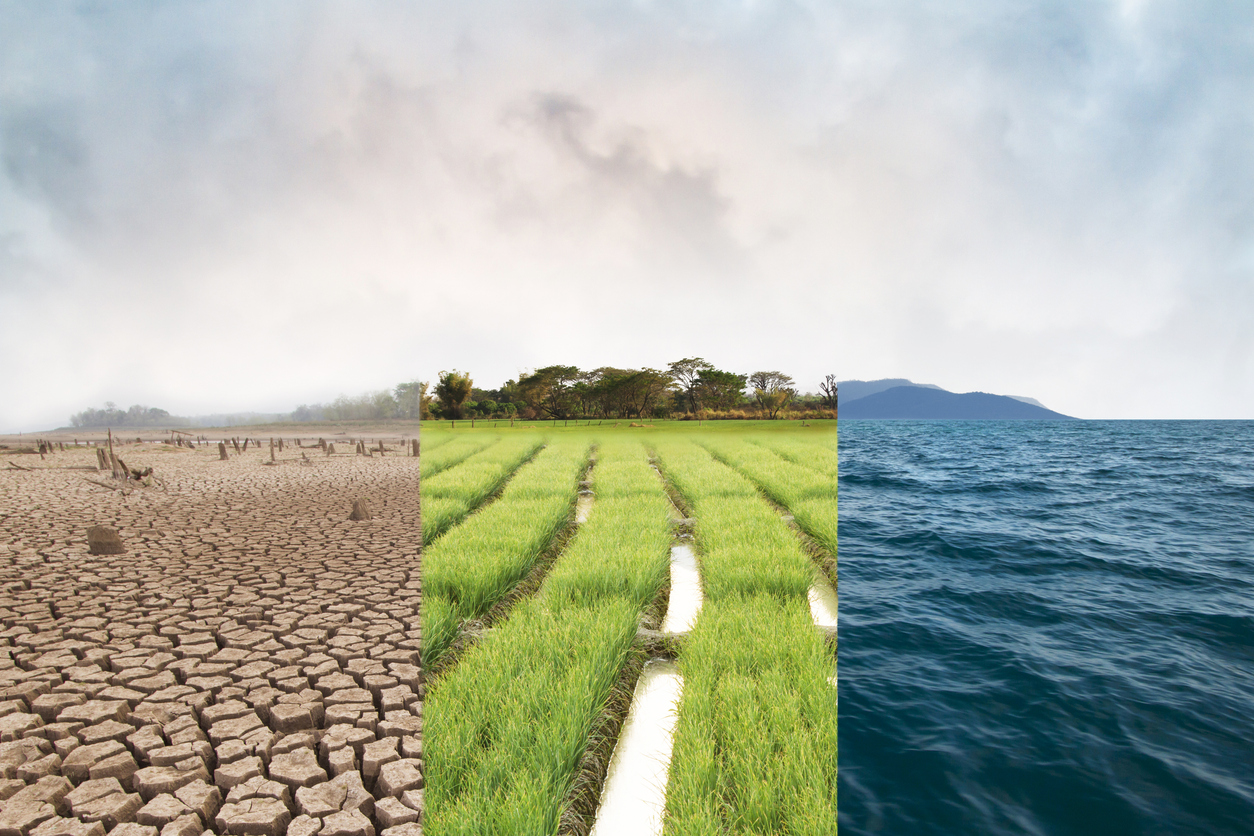According to a Washington Post analysis, more than 4 in 10 U.S. residents live in a county that was affected by those weather disasters this year — and more than 80 percent found themselves sweltering in abnormally high temperatures that lasted more than a single day.
When a heat dome descended over the Pacific Northwest in June, shattering high-temperature records in cities such as Portland, Oregon, and Seattle, millions of Americans suffered and hundreds died. An estimated 1 billion sea creatures were also killed off the coast of British Columbia, Canada, and endangered salmon populations were cooked alive in streams and rivers throughout the region.
Meanwhile, numerous examples of inundating rainfall across the country overwhelmed infrastructure, flooded basements and subways, killed dozens, and cost insurance companies tens of billions of dollars. The fact that the Earth's atmosphere holds 7 percent more moisture for every 1.8°F of warming is the primary cause of the sudden downpours. When the conditions are right, that moisture is unleashed in the form of unprecedented ferocity in the form of rainfall.
Of course, the cause of climate change is well understood. Since the beginning of the Industrial Revolution, humanity's constant release of greenhouse gases into the atmosphere has raised global temperatures by 2.2°F. While this may appear to be a small amount, the majority of the warming has occurred in recent decades, and its effects have reverberated around the world.
NASA warned in a 2019 report that if average global temperatures exceeded 2.7°F (1.5°C), the consequences would be disastrous for life on Earth.
"Most land regions will experience more hot days, particularly in the tropics. At 1.5 degrees Celsius warming, approximately 14% of the Earth's population will be subjected to severe heatwaves at least once every five years, while at 2 degrees Celsius warming, that number rises to 37% "According to the report's summary. "Extreme heatwaves will become more common if the temperature rises by 1.5 degrees Celsius."
Certain parts of the world, such as New England, have already surpassed that threshold, and a Climate Action Tracker forecast based on current rates of greenhouse gas emissions and pledges made by nations at the Glasgow climate change conference predicts that the world will warm by up to 2.6°C by 2100.
As a result, the future of extreme weather does not look promising. According to a study published last week in Nature Geoscience, more hurricanes will hit midlatitude regions, including population centers like New York and Boston, as a result of climate change. Efforts to reduce greenhouse gas emissions in the United States, as well as President Biden's Build Back Better bill, have stalled in the Senate.
While much of the country has gone from setting temperature records this winter to dealing with snow and ice this week, the arrival of winter conditions should not be interpreted as an indication that the threat of climate change is exaggerated or that its effects are solely a summertime issue.
The frequency of "extreme snowstorms in the eastern two-thirds of the contiguous United States has increased over the past century," according to the National Oceanic and Atmospheric Administration on its website, just as the extreme cold snap that hit Texas in early 2021 has been linked to climate change. However, the effects are not uniform due to jet stream disruptions caused by climate change.
As the December fire near Boulder, Colorado, demonstrated, climate change effectively prepares the planet for extreme weather disasters. The state has been in the grip of extreme drought, with the state receiving the least amount of precipitation on record between July 1 and December 29, and was hit with 100-mile-per-hour wind gusts on December 30.
Keith Musselman, a snow hydrologist and assistant research professor at the University of Colorado Boulder, told NBC News, "Everything is kind of crispy." "Aside from the extreme drought, just 1- or 2-degree warmer days can really dry out the landscape quite a bit more, making everything that much drier and flammable."
The wildfires that ended 2021 in Colorado destroyed nearly 1,000 homes, capping off a year in which climate change bared its teeth.













